 Welcome
Welcome
“May all be happy, may all be healed, may all be at peace and may no one ever suffer."
Breast cancer
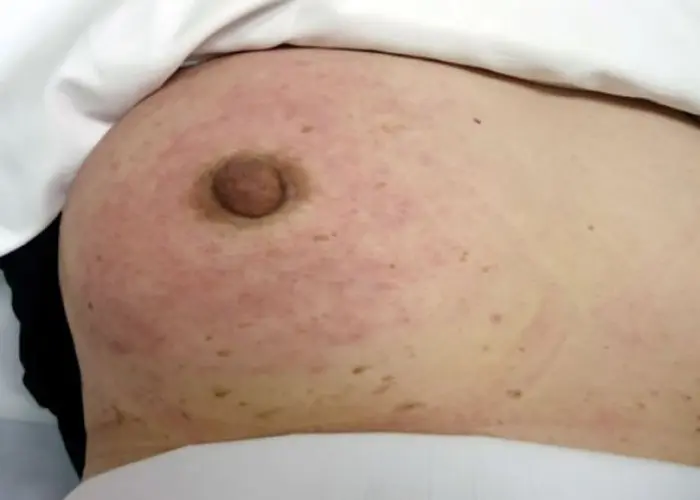
Breast cancer is a type of cancer that occurs when abnormal cells grow uncontrollably in the breast tissue. It is the most common cancer among women worldwide, but can also occur in men. There are several types of breast cancer, and the specific type and stage of cancer will determine the best treatment approach. Risk factors for breast cancer include being female, getting older, having a family history of breast cancer, and certain genetic mutations. Symptoms of breast cancer may include a lump in the breast or underarm area, changes in the size or shape of the breast, nipple discharge, or changes in the texture or appearance of the breast. Screening tests such as mammography, ultrasound, and magnetic resonance imaging (MRI) can detect breast cancer at an early stage when it is most treatable. Treatment options may include surgery, radiation therapy, chemotherapy, hormone therapy, or targeted therapy, depending on the type and stage of cancer. It is important to work closely with a healthcare professional to manage breast cancer and prevent potential complications, such as metastasis to other parts of the body.
Research Papers
Disease Signs and Symptoms
- Breast lump
- Breast tumors
- Breast cancer
- Inverted nipple
- A breast lump or thickening that feels different from the surrounding tissue
- Changes to the skin over the breast, such as dimpling
- Redness or pitting of the skin over the breast, like the skin of an orange
Disease Causes
Breast cancer
Doctors know that breast cancer occurs when some breast cells begin to grow abnormally. These cells divide more rapidly than healthy cells do and continue to accumulate, forming a lump or mass. Cells may spread (metastasize) through your breast to your lymph nodes or to other parts of your body.
Breast cancer most often begins with cells in the milk-producing ducts (invasive ductal carcinoma). Breast cancer may also begin in the glandular tissue called lobules (invasive lobular carcinoma) or in other cells or tissue within the breast.
Researchers have identified hormonal, lifestyle and environmental factors that may increase your risk of breast cancer. But it's not clear why some people who have no risk factors develop cancer, yet other people with risk factors never do. It's likely that breast cancer is caused by a complex interaction of your genetic makeup and your environment.
Inherited breast cancer
Doctors estimate that about 5 to 10 percent of breast cancers are linked to gene mutations passed through generations of a family.
A number of inherited mutated genes that can increase the likelihood of breast cancer have been identified. The most well-known are breast cancer gene 1 (BRCA1) and breast cancer gene 2 (BRCA2), both of which significantly increase the risk of both breast and ovarian cancer.
If you have a strong family history of breast cancer or other cancers, your doctor may recommend a blood test to help identify specific mutations in BRCA or other genes that are being passed through your family.
Consider asking your doctor for a referral to a genetic counselor, who can review your family health history. A genetic counselor can also discuss the benefits, risks and limitations of genetic testing to assist you with shared decision-making.
Disease Prevents
Breast cancer
Breast cancer risk reduction for women with an average risk
Making changes in your daily life may help reduce your risk of breast cancer. Try to:
- Ask your doctor about breast cancer screening. Discuss with your doctor when to begin breast cancer screening exams and tests, such as clinical breast exams and mammograms.
- Talk to your doctor about the benefits and risks of screening. Together, you can decide what breast cancer screening strategies are right for you.
- Become familiar with your breasts through breast self-exam for breast awareness. Women may choose to become familiar with their breasts by occasionally inspecting their breasts during a breast self-exam for breast awareness. If there is a new change, lumps or other unusual signs in your breasts, talk to your doctor promptly.
- Breast awareness can't prevent breast cancer, but it may help you to better understand the normal changes that your breasts undergo and identify any unusual signs and symptoms.
- Drink alcohol in moderation, if at all. Limit the amount of alcohol you drink to no more than one drink a day, if you choose to drink.
- Exercise most days of the week. Aim for at least 30 minutes of exercise on most days of the week. If you haven't been active lately, ask your doctor whether it's OK and start slowly.
- Limit postmenopausal hormone therapy. Combination hormone therapy may increase the risk of breast cancer. Talk with your doctor about the benefits and risks of hormone therapy.
- Some women experience bothersome signs and symptoms during menopause and, for these women, the increased risk of breast cancer may be acceptable in order to relieve menopause signs and symptoms.
- To reduce the risk of breast cancer, use the lowest dose of hormone therapy possible for the shortest amount of time.
- Maintain a healthy weight. If your weight is healthy, work to maintain that weight. If you need to lose weight, ask your doctor about healthy strategies to accomplish this. Reduce the number of calories you eat each day and slowly increase the amount of exercise.
- Choose a healthy diet. Women who eat a Mediterranean diet supplemented with extra-virgin olive oil and mixed nuts may have a reduced risk of breast cancer. The Mediterranean diet focuses mostly on plant-based foods, such as fruits and vegetables, whole grains, legumes, and nuts. People who follow the Mediterranean diet choose healthy fats, such as olive oil, over butter and fish instead of red meat.
Breast cancer risk reduction for women with a high risk
If your doctor has assessed your family history and determined that you have other factors, such as a precancerous breast condition, that increase your risk of breast cancer, you may discuss options to reduce your risk, such as:
- Preventive medications (chemoprevention). Estrogen-blocking medications, such as selective estrogen receptor modulators and aromatase inhibitors, reduce the risk of breast cancer in women with a high risk of the disease.
- These medications carry a risk of side effects, so doctors reserve these medications for women who have a very high risk of breast cancer. Discuss the benefits and risks with your doctor.
- Preventive surgery. Women with a very high risk of breast cancer may choose to have their healthy breasts surgically removed (prophylactic mastectomy). They may also choose to have their healthy ovaries removed (prophylactic oophorectomy) to reduce the risk of both breast cancer and ovarian cancer.
Disease Treatments
Your doctor determines your breast cancer treatment options based on your type of breast cancer, its stage and grade, size, and whether the cancer cells are sensitive to hormones. Your doctor also considers your overall health and your own preferences.
Most women undergo surgery for breast cancer and many also receive additional treatment after surgery, such as chemotherapy, hormone therapy or radiation. Chemotherapy might also be used before surgery in certain situations.
There are many options for breast cancer treatment, and you may feel overwhelmed as you make complex decisions about your treatment. Consider seeking a second opinion from a breast specialist in a breast center or clinic. Talk to other women who have faced the same decision.
Breast cancer surgery
Operations used to treat breast cancer include:
- Removing the breast cancer (lumpectomy). During a lumpectomy, which may be referred to as breast-conserving surgery or wide local excision, the surgeon removes the tumor and a small margin of surrounding healthy tissue.
- A lumpectomy may be recommended for removing smaller tumors. Some people with larger tumors may undergo chemotherapy before surgery to shrink a tumor and make it possible to remove completely with a lumpectomy procedure.
- Removing the entire breast (mastectomy). A mastectomy is an operation to remove all of your breast tissue. Most mastectomy procedures remove all of the breast tissue — the lobules, ducts, fatty tissue and some skin, including the nipple and areola (total or simple mastectomy).
- Newer surgical techniques may be an option in selected cases in order to improve the appearance of the breast. Skin-sparing mastectomy and nipple-sparing mastectomy are increasingly common operations for breast cancer.
- Removing a limited number of lymph nodes (sentinel node biopsy). To determine whether cancer has spread to your lymph nodes, your surgeon will discuss with you the role of removing the lymph nodes that are the first to receive the lymph drainage from your tumor.
- If no cancer is found in those lymph nodes, the chance of finding cancer in any of the remaining lymph nodes is small and no other nodes need to be removed.
- Removing several lymph nodes (axillary lymph node dissection). If cancer is found in the sentinel lymph nodes, your surgeon will discuss with you the role of removing additional lymph nodes in your armpit.
- Removing both breasts. Some women with cancer in one breast may choose to have their other (healthy) breast removed (contralateral prophylactic mastectomy) if they have a very increased risk of cancer in the other breast because of a genetic predisposition or strong family history.
- Most women with breast cancer in one breast will never develop cancer in the other breast. Discuss your breast cancer risk with your doctor, along with the benefits and risks of this procedure.
Complications of breast cancer surgery depend on the procedures you choose. Breast cancer surgery carries a risk of pain, bleeding, infection and arm swelling (lymphedema).
You may choose to have breast reconstruction after surgery. Discuss your options and preferences with your surgeon.
Consider a referral to a plastic surgeon before your breast cancer surgery. Your options may include reconstruction with a breast implant (silicone or water) or reconstruction using your own tissue. These operations can be performed at the time of your mastectomy or at a later date.
Radiation therapy
Radiation therapy uses high-powered beams of energy, such as X-rays and protons, to kill cancer cells. Radiation therapy is typically done using a large machine that aims the energy beams at your body (external beam radiation). But radiation can also be done by placing radioactive material inside your body (brachytherapy).
External beam radiation of the whole breast is commonly used after a lumpectomy. Breast brachytherapy may be an option after a lumpectomy if you have a low risk of cancer recurrence.
Doctors may also recommend radiation therapy to the chest wall after a mastectomy for larger breast cancers or cancers that have spread to the lymph nodes.
Breast cancer radiation can last from three days to six weeks, depending on the treatment. A doctor who uses radiation to treat cancer (radiation oncologist) determines which treatment is best for you based on your situation, your cancer type and the location of your tumor.
Side effects of radiation therapy include fatigue and a red, sunburn-like rash where the radiation is aimed. Breast tissue may also appear swollen or more firm. Rarely, more-serious problems may occur, such as damage to the heart or lungs or, very rarely, second cancers in the treated area.
Chemotherapy
Chemotherapy uses drugs to destroy fast-growing cells, such as cancer cells. If your cancer has a high risk of returning or spreading to another part of your body, your doctor may recommend chemotherapy after surgery to decrease the chance that the cancer will recur.
Chemotherapy is sometimes given before surgery in women with larger breast tumors. The goal is to shrink a tumor to a size that makes it easier to remove with surgery.
Chemotherapy is also used in women whose cancer has already spread to other parts of the body. Chemotherapy may be recommended to try to control the cancer and decrease any symptoms the cancer is causing.
Chemotherapy side effects depend on the drugs you receive. Common side effects include hair loss, nausea, vomiting, fatigue and an increased risk of developing an infection. Rare side effects can include premature menopause, infertility (if premenopausal), damage to the heart and kidneys, nerve damage, and, very rarely, blood cell cancer.
Hormone therapy
Hormone therapy — perhaps more properly termed hormone-blocking therapy — is used to treat breast cancers that are sensitive to hormones. Doctors refer to these cancers as estrogen receptor positive (ER positive) and progesterone receptor positive (PR positive) cancers.
Hormone therapy can be used before or after surgery or other treatments to decrease the chance of your cancer returning. If the cancer has already spread, hormone therapy may shrink and control it.
Treatments that can be used in hormone therapy include:
- Medications that block hormones from attaching to cancer cells (selective estrogen receptor modulators)
- Medications that stop the body from making estrogen after menopause (aromatase inhibitors)
- Surgery or medications to stop hormone production in the ovaries
Hormone therapy side effects depend on your specific treatment, but may include hot flashes, night sweats and vaginal dryness. More serious side effects include a risk of bone thinning and blood clots.
Targeted therapy drugs
Targeted drug treatments attack specific abnormalities within cancer cells. As an example, several targeted therapy drugs focus on a protein that some breast cancer cells overproduce called human epidermal growth factor receptor 2 (HER2). The protein helps breast cancer cells grow and survive. By targeting cells that make too much HER2, the drugs can damage cancer cells while sparing healthy cells.
Targeted therapy drugs that focus on other abnormalities within cancer cells are available. And targeted therapy is an active area of cancer research.
Your cancer cells may be tested to see whether you might benefit from targeted therapy drugs. Some medications are used after surgery to reduce the risk that the cancer will return. Others are used in cases of advanced breast cancer to slow the growth of the tumor.
Immunotherapy
Immunotherapy uses your immune system to fight cancer. Your body's disease-fighting immune system may not attack your cancer because the cancer cells produce proteins that blind the immune system cells. Immunotherapy works by interfering with that process.
Immunotherapy might be an option if you have triple-negative breast cancer, which means that the cancer cells don't have receptors for estrogen, progesterone or HER2. For triple-negative breast cancer, immunotherapy is combined with chemotherapy to treat advanced cancer that's spread to other parts of the body.
Disease Diagnoses
Disease Allopathic Generics
Disease Ayurvedic Generics
Disease Homeopathic Generics
Disease yoga
Breast cancer and Learn More about Diseases

Leukoplakia
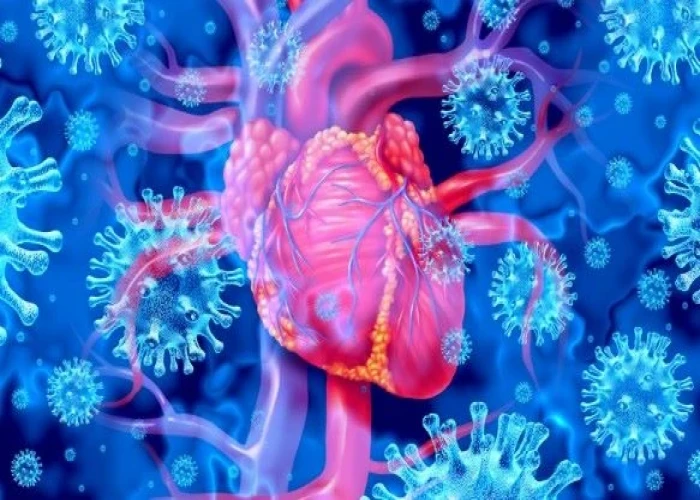
Myocarditis

Bulimia nervosa

Dizziness

Seasonal affective disorder (SAD)
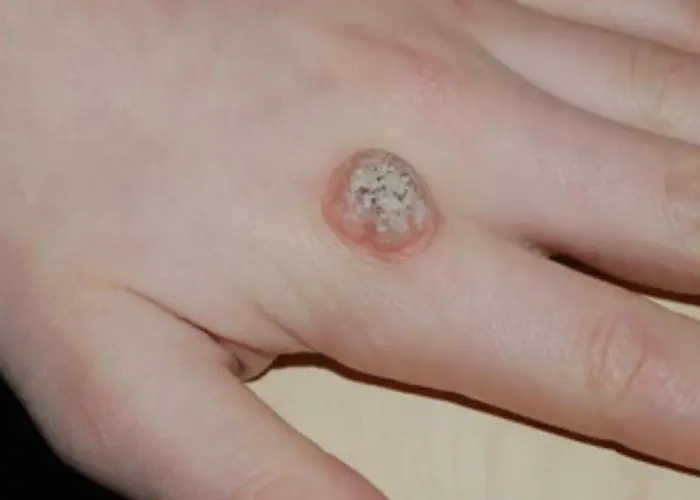
Common warts
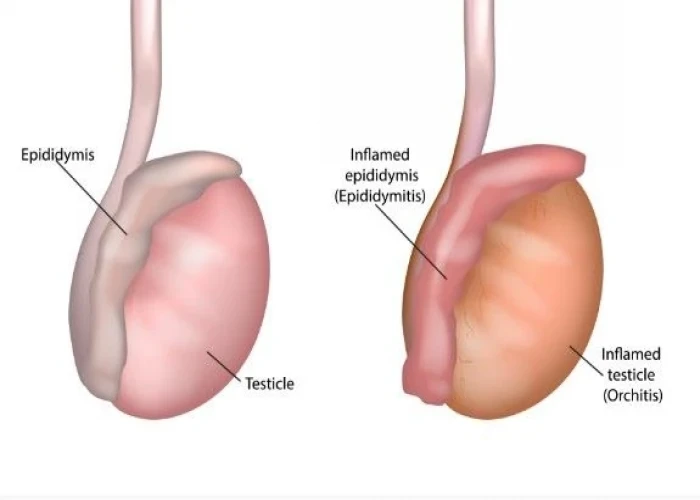
Orchitis
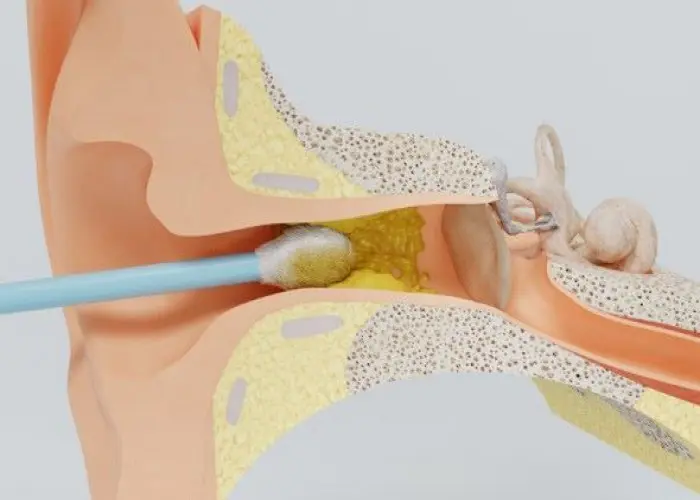
Earwax blockage
Breast cancer, Mammogram, Breast big, Breast cancer symptoms, স্তন ক্যান্সার
To be happy, beautiful, healthy, wealthy, hale and long-lived stay with DM3S.
